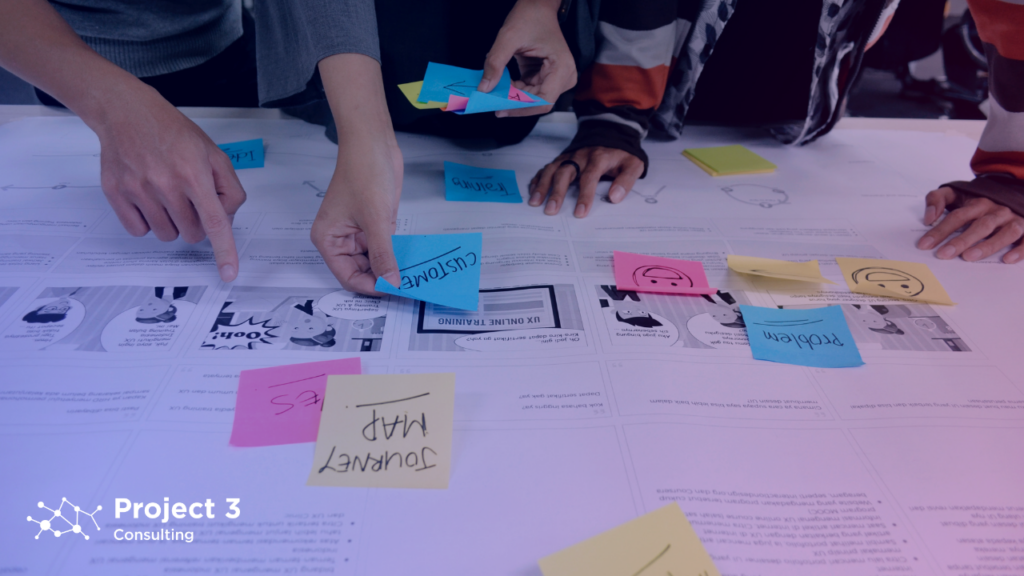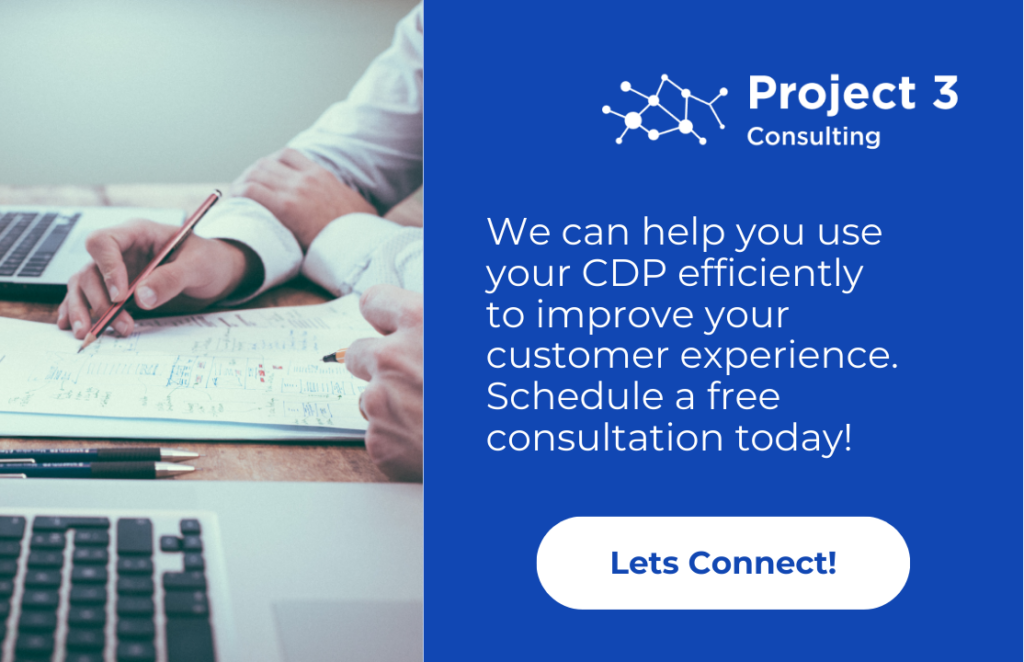
Customer data platforms (CDPs) are becoming increasingly important in today’s digital landscape. They provide businesses with a powerful way to collect, store, analyze, and act on customer data. Not only does this enable companies to create more targeted marketing campaigns and better serve their customers, but it also helps them personalize their customer experience, leading to more satisfied customers. In this blog post, we’ll discuss how businesses can use CDPs to personalize their customer experience and ultimately improve their bottom line.
What is a CDP?
A customer data platform (CDP) is a tool that helps businesses manage their customer data. It allows companies to aggregate data from multiple sources — including web browsing activity, purchase history, product preferences — into one central repository. This gives marketers unprecedented access to rich insights about their customers that they can use to target ads more effectively or develop personalized experiences for users based on individual needs and preferences.
Personalized Marketing
One of the main benefits of a CDP is that it allows businesses to personalize the customer experience. By having a complete view of the customer, businesses can better understand their behavior,
preferences, and needs. This information can then be used to create personalized marketing campaigns, product recommendations, and even personalized pricing.
For example, imagine a customer visits a clothing retailer’s website and views a few items. If the retailer is using a CDP, they can track this behavior and use it to send personalized email campaigns with product recommendations based on the items the customer viewed. This not only improves the customer experience, but it can also lead to increased sales.

Personalized Customer Service
Another way CDPs can be used to improve the customer experience is through personalization of customer service. By having a complete view of the customer, businesses can quickly identify the customer’s purchase history, support tickets, and other interactions. This can help customer service representatives to quickly resolve issues and provide personalized support. With a CDP, customer service representatives can access all the relevant customer information in one place, including purchase history, support tickets, and other interactions. This allows them to better understand the customer’s needs and preferences, which can lead to more efficient and effective support. Additionally, CDPs can also help customer service representatives to anticipate customer needs and proactively reach out to them with personalized offers or solutions. This can lead to increased customer satisfaction and loyalty, which in turn can drive business growth. Overall, CDPs can be a powerful tool for personalizing the customer service experience and improving the customer experience overall.
Tips for Using Your CDP Efficiently
Although using a CDP comes with many benefits there are still some challenges that come along with it. Here are some tips on how you can make sure you’re getting the most out of your CDP:
- Make sure all of your systems are properly integrated so you don’t miss out on any valuable insights from different channels
- Set up tracking mechanisms within your dashboard so you always have access to up-to-date user information
- Get feedback from users directly so you can craft more effective personalization strategies based on what people actually want
- Monitor trends in consumer behavior over time so you can adjust campaigns accordingly
- Analyze KPIs such as conversion rates, engagement metrics, etc., so you can track the effectiveness of your personalization efforts and use the insights gained from these KPIs to make data-driven decisions and optimize your personalization strategy
- Regularly audit your data sets for accuracy and completeness so you don’t end up missing vital details from users’ profiles.
By following these tips and other best practices outlined above, businesses will be able to maximize the potential of their customer data platforms (CDPs) and take full advantage of all its features in order to improve the overall customer experience.




